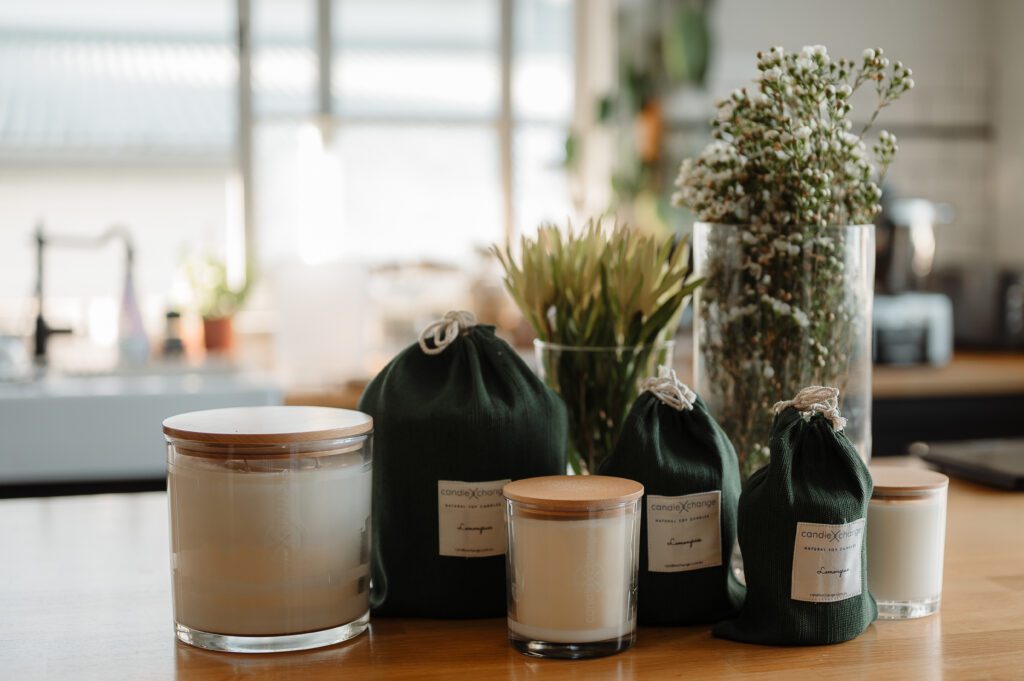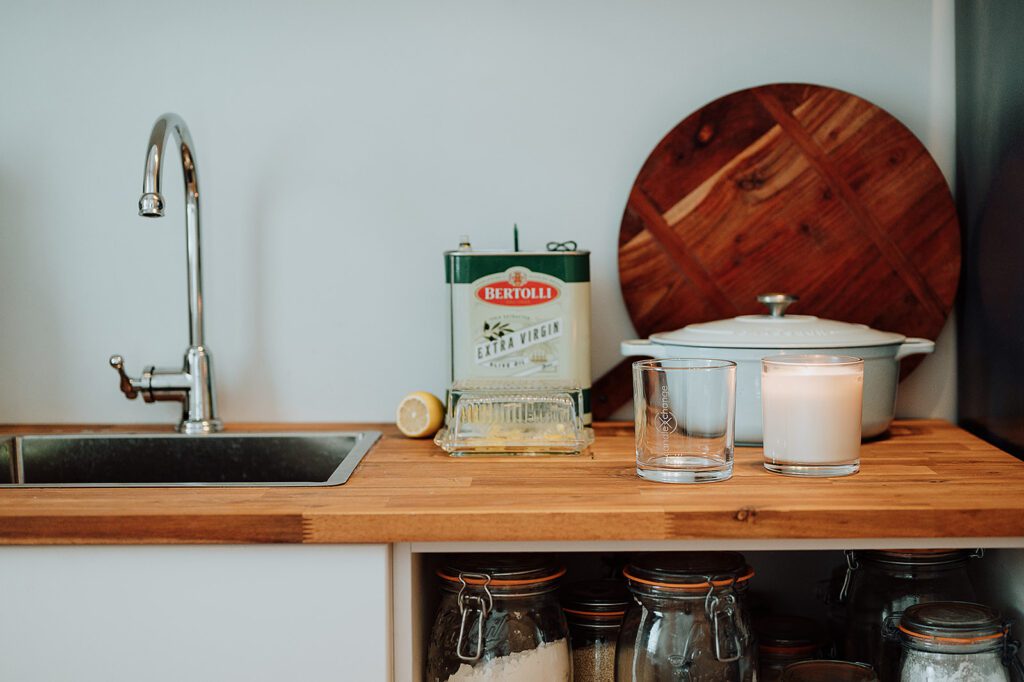Applying circular economy principles in home fragrances
A Sustainability Journey, Home and Garden, Homeware
A Sustainability Journey, Home and Garden, Homeware
This article was contributed by CandleXchange.
The concept of a circular economy is gaining traction as a sustainable model that seeks to minimise waste and promote the reuse of resources. At CandleXchange, we’re committed to incorporating circular principles in everything we do. From our Burn & Swap model to our use of all-natural ingredients, reusable packaging, and upcycling other branded candles, we’re dedicated to creating products that are both luxurious and better for the environment than other brands.
In simple terms, a circular economy is an economic system that is designed to keep resources in use for as long as possible, with the aim of minimising waste and maximising resource efficiency. In contrast to a traditional linear economy that follows a “take, make, and dispose” model, a circular economy aims to create a closed loop where materials are continuously reused or repurposed, rather than discarded after their initial use.
One way we apply circular principles at CandleXchange is through our Burn & Swap model. We recognise that candles are a consumable product, and that once the wax is burned down, the container is often discarded. In fact, Australian’s love candles so much that nearly 4 million used candle containers get sent to landfill every year!
To combat this wasteful practice, we’ve implemented a unique Burn & Swap model where customers can swap their used CandleXchange container for a new one, 30% cheaper than buying new. We then clean these containers and reuse them to pour new candles, reducing the need for additional materials and keeping container waste out of landfill.
That makes reuse and circularity both cheaper and better for the environment than the traditional linear approach.
In addition to our Burn and Swap model, we’re also committed to using all-natural ingredients in our fragrance products.
Many traditional candles are made from paraffin wax, which is derived from petroleum and can release harmful chemicals into the air when burned. At CandleXchange, we use fragrances blended with essential oils and 100% natural soy wax. Soy is a renewable and biodegradable resource producing no toxins when burned.

When you buy your first CandleXchange candle or diffuser, it comes in a reusable pouch that is ethically hand made from plants by Australian social enterprise Earth Worthy. These bags are made by people in Bangladesh who survived a garment factory collapse in 2013. They cannot work in large scale factories due to injury or trauma. Earth Worthy provide a safe and happy workplace where their skills are valued.
We are constantly exploring ways to upcycle and repurpose materials to give them new life. For example, our UpCandle Program accepts quality used candle containers from any brand.
We refill and donate to organisations supporting survivors of domestic violence and refugees, when setting up a new home. Again, less clutter in people’s homes, less landfill from perfectly good containers, and people in need get the benefit.
Incorporating circular principles into our business practices is not only good for the environment, but also for our bottom line. By reducing waste and reusing resources, we’re able to save on materials and production costs and pass this saving on to customers when they swap. And by offering customers the opportunity to participate in our Burn & Swap program, we’re able to foster a loyal customer base and increase repeat business.

By keeping resources in use for as long as possible, we’re able to create a more resilient and self-sustaining system that can withstand the challenges of a changing climate and a finite supply of resources.
By incorporating circular principles into everything we do, CandleXchange is doing its part to build a more sustainable future for ourselves and for generations to come.
Every time you create a natural and luxurious home ambience with the CandleXchange ‘Burn & Swap’ range, you’re stopping up to 1KG of nonrecyclable containers from entering landfill. With your help, we plan to prevent 1 million containers and 100 tonnes of packaging waste from entering landfill by 2030.
This is an article from a SustainabilityTracker.com Member. The views and opinions we express here don’t necessarily reflect our organisation.